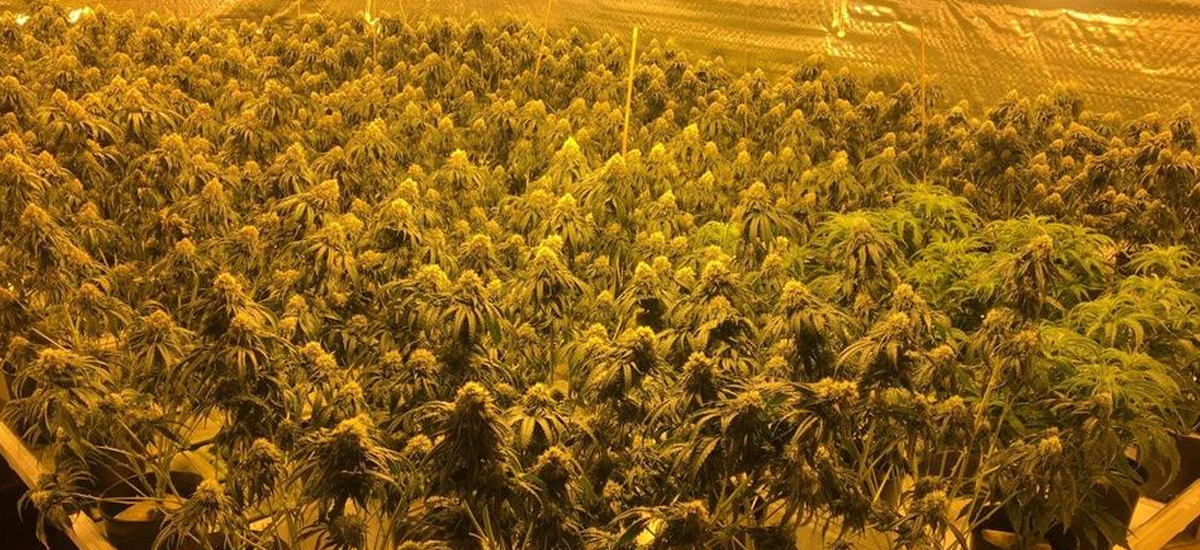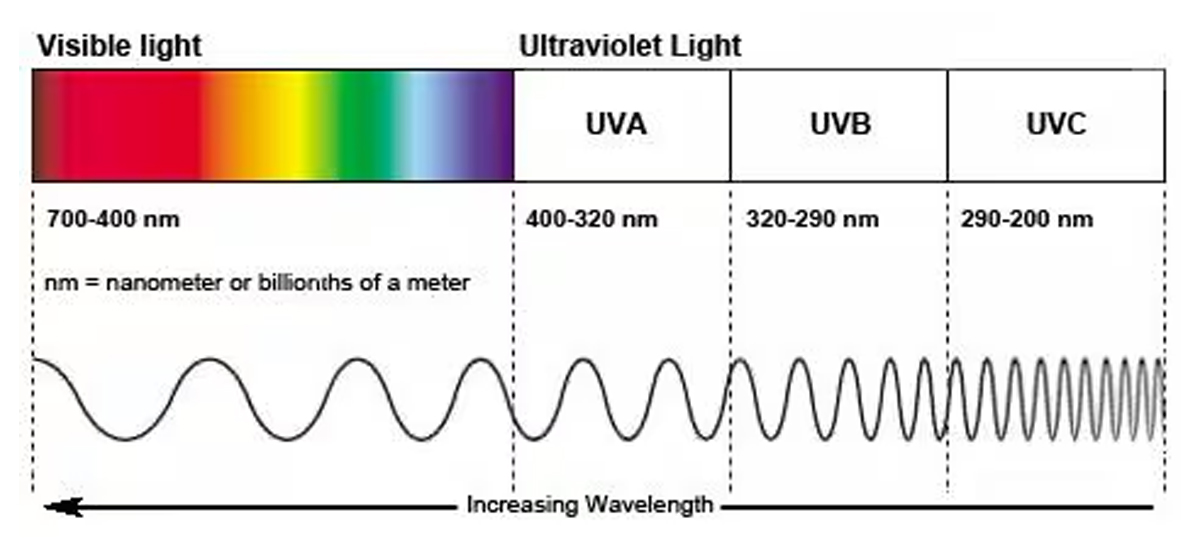In the field of modern agricultural technology, the role of ultraviolet light (UVA, UVB, and UVC) is becoming increasingly significant. These different wavelengths of light not only have profound effects on plant growth and development but also play a crucial role in specific crops, such as cannabis cultivation. Let's take a look at the roles of UVA, UVB, and UVC in plants and their applications in cannabis cultivation.

UVA: Promoting Growth and Pigment Formation
UVA light (315-400 nanometers) is the mildest portion of ultraviolet light that has an impact on plants and plays an important role in the growth of various plant species. It not only promotes plant growth and flowering but also contributes to pigment formation, which is essential for plant health and attracting pollinating insects.
In cannabis cultivation, UVA can enhance pigment formation, especially chlorophyll and flavonoids, positively influencing the aroma and color of cannabis. For other plants like tomatoes and peppers, UVA helps improve the color and texture of their fruits while also promoting overall plant health in indoor cultivation.
UVB: Key to Plant Protection and Quality Enhancement
UVB light (280-315 nanometers) plays a complex role in plant growth. While prolonged exposure to UVB light can be harmful to plants, moderate levels of UVB can stimulate plants' natural defense mechanisms, promoting the production of antioxidants and protective compounds.
In cannabis, proper exposure to UVB light has been shown to increase the content of tetrahydrocannabinol (THC), thereby enhancing its medicinal value. For other crops like grapes and certain herbs, UVB can thicken the skin and enhance pigmentation, improving their adaptability and nutritional value.
UVC: Powerful Disinfection and Disease Control
UVC light (100-280 nanometers) is the most effective part of ultraviolet light for germicidal purposes. It is primarily used for disinfection in plant cultivation, effectively preventing the spread of diseases.
In cannabis cultivation, UVC can effectively control molds and other pathogens, reducing the reliance on chemical fungicides and promoting a healthier cultivation environment. For other crops like strawberries and apples, the application of UVC can also reduce disease incidence, particularly in organic farming, serving as an effective alternative to chemical fungicides.

These different bands of ultraviolet light have unique value in promoting growth, enhancing resistance, and controlling diseases in plant cultivation. For cannabis and other crops, the judicious use of ultraviolet light can not only improve quality and yield but also promote overall plant health.
Recently, companies like VANQ have introduced flowering lights that incorporate UVB and UVC, which can effectively improve quality and increase THC content in the flowering stage of cannabis cultivation. It is expected to achieve a 10-20% increase compared to previous methods. If you are interested, you can click on the dialogue box below to contact us.























